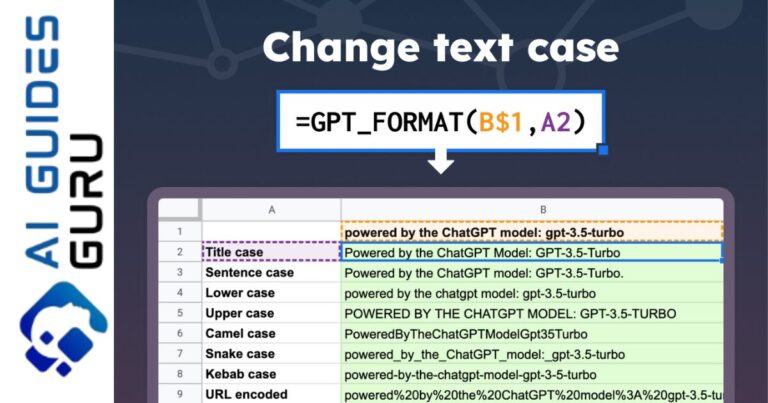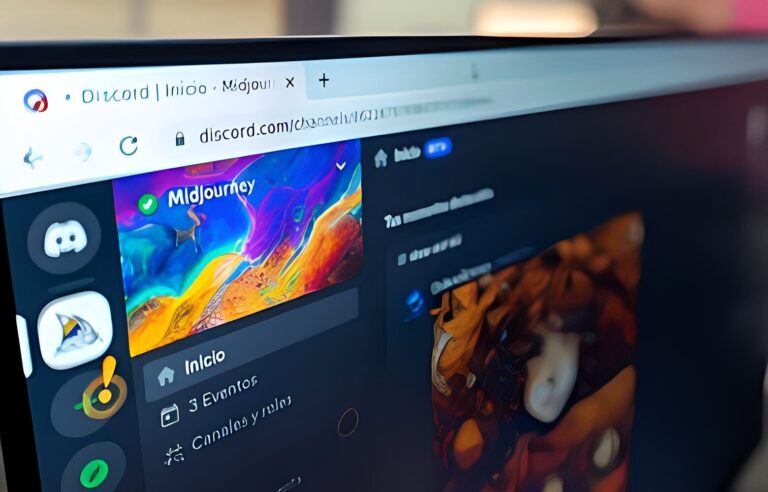How to Bypass ChatGPT Filters

Are you frustrated with the limitations imposed by ChatGPT’s filters? Do you want to have more control over the conversations you have with this AI chatbot? Look no further! In this comprehensive guide, we will explore various techniques and strategies to bypass ChatGPT filters effectively. Get ready to unlock the full potential of ChatGPT and have more engaging and unrestricted conversations.
Why ChatGPT Has Filters
Before we dive into the methods of bypassing ChatGPT filters, it’s important to understand why these filters exist in the first place. ChatGPT, like any AI language model, is designed to prioritize user safety and prevent the generation of harmful or offensive content. These filters help create a respectful and secure environment for all users.
The development of ChatGPT involved training the model on a vast dataset comprising text from different sources, including books and the internet. However, this diverse range of sources also introduces the risk of biased, offensive, or problematic responses from the AI. To mitigate these risks, filters are implemented to ensure that ChatGPT adheres to ethical guidelines and avoids generating content that could be harmful or violate policies.
Understanding ChatGPT’s Restrictions
ChatGPT’s restrictions can be categorized into different types. Let’s take a closer look at some of the common limitations you may encounter while using ChatGPT:
- Content Restrictions: ChatGPT is programmed to avoid generating text that may be offensive, abusive, discriminatory, or sexually explicit. It also refrains from providing guidance on illegal activities or sharing personal information.
- Response Limitations: ChatGPT has a character limit for each response, typically around 4,096 characters. If your prompt exceeds this limit, the AI’s response may get cut off prematurely.
- Blocked Topics: ChatGPT may refuse to provide information or engage in conversations about certain topics, such as hacking, lock-picking, or websites that facilitate copyright infringement. These restrictions are in place to ensure compliance with legal and ethical guidelines.
Now that we have a better understanding of ChatGPT’s filters and restrictions, let’s explore the techniques to bypass them effectively.
Techniques to Bypass ChatGPT Filters

1. Using Synonyms and Alternatives
One of the simplest and most effective ways to bypass ChatGPT’s filters is by using synonyms or alternative words and phrases. Instead of using a term that triggers the filter, try finding a similar word or phrase that conveys the same meaning. For example, if a specific word is blocked, consider using a synonym or a less explicit alternative.
By employing synonyms, you can navigate around the filters while maintaining the essence of your conversation. Remember to choose alternatives that are contextually appropriate and respectful.
2. Employing Abbreviations and Shorthand
Another clever technique to bypass ChatGPT’s filters is by using abbreviations or shorthand. If a certain word or phrase is restricted, try expressing it in a condensed form or using commonly accepted abbreviations.
For instance, if a filtered word is “sex,” you could use “sx” instead. By employing abbreviations, you can convey your intended message without triggering the filters. However, ensure that your abbreviations are widely understood and do not introduce confusion in the conversation.
3. Utilizing Symbol Substitutions
ChatGPT’s filters may also be bypassed by replacing certain letters in a word with symbols or special characters. This technique can help you convey the intended meaning while avoiding direct matches with filtered terms.
For example, if the word “hell” is blocked, you could use “h3ll” instead. This substitution allows you to express yourself while adhering to ChatGPT’s restrictions. However, exercise caution to ensure that your substitutions do not create ambiguity or misinterpretation.
Related: how to set up api with janitor ai
4. Framing Questions with Context
Providing additional context to your questions and prompts can often help bypass ChatGPT’s filters. Instead of asking a direct question that might trigger the filters, try framing it within a larger context or scenario.
By providing context, you can help ChatGPT understand that your intention is not to violate any policies or engage in harmful activities. This technique can increase the chances of receiving a response even on topics that are typically restricted.
5. Indirect Requests and Third-Person Perspective
When formulating your queries, consider adopting an indirect approach or using a third-person perspective. Instead of asking ChatGPT for direct advice or information, ask for general insights or opinions on a particular topic.
For example, instead of asking “How can I download copyrighted content?” you could ask “What are the potential consequences of downloading copyrighted content?” This way, you can engage in discussions related to the topic without directly violating ChatGPT’s filters.
6. Splitting Prompts and Responses
If you encounter ChatGPT’s character limit and find that your prompts or responses get cut off prematurely, consider splitting them into smaller segments. Break your queries or instructions into shorter parts and allow ChatGPT to respond to each segment independently.
By splitting your prompts, you can ensure that ChatGPT provides complete and coherent responses, even if the character limit is reached. This technique enables you to overcome the limitations imposed by the AI’s response length restrictions.
The Ethics of Bypassing ChatGPT Filters
While it’s possible to bypass ChatGPT’s filters using the techniques mentioned above, it’s crucial to consider the ethical implications of doing so. The filters are in place for a reason and aim to prevent the generation of harmful or inappropriate content.
Bypassing the filters to engage in discussions or obtain information that violates ethical guidelines can have negative consequences. It may contribute to the dissemination of misinformation, encourage illegal activities, or create an unsafe environment for users.
It’s essential to use AI chatbots responsibly and respect the intended purpose of the filters. Engage in conversations that promote learning, creativity, and positive interactions while adhering to ethical guidelines.
Conclusion
In conclusion, while ChatGPT’s filters may impose limitations on certain topics and content, there are techniques available to bypass these restrictions effectively. By utilizing synonyms, abbreviations, symbol substitutions, providing context, employing indirect requests, and splitting prompts, you can have more engaging and unrestricted conversations with ChatGPT.
However, it’s important to remember that bypassing filters should be done ethically and responsibly. Engage in conversations that contribute positively to the chat environment and avoid using AI chatbots for harmful or malicious purposes.
Unlock the full potential of ChatGPT by using these techniques while respecting the ethical boundaries set by the filters. Enjoy meaningful and productive conversations with ChatGPT while ensuring a safe and respectful environment for all users.
Frequently Asked Questions (FAQs)
1. Can bypassing ChatGPT filters lead to negative consequences?
Yes, bypassing ChatGPT filters can have negative consequences. It may result in the generation of harmful or inappropriate content, contribute to the spread of misinformation, and create an unsafe environment for users. It’s crucial to use AI chatbots responsibly and adhere to ethical guidelines.
2. Are there any other techniques to bypass ChatGPT filters?
The techniques mentioned in this guide are among the most effective ways to bypass ChatGPT filters. However, it’s important to note that AI models evolve and adapt over time, and new techniques may emerge in the future. Stay informed about the latest developments and ensure compliance with ethical guidelines.
3. How can I ensure a safe and respectful chat environment when using ChatGPT?
To ensure a safe and respectful chat environment when using ChatGPT, it’s essential to engage in conversations that adhere to ethical guidelines. Avoid discussions that promote harm, discrimination, or illegal activities. Respect the intended purpose of the filters and use AI chatbots responsibly.
Remember, AI chatbots are powerful tools that can enhance our interactions and provide valuable insights. Let’s utilize them responsibly and create a positive and inclusive online environment.






